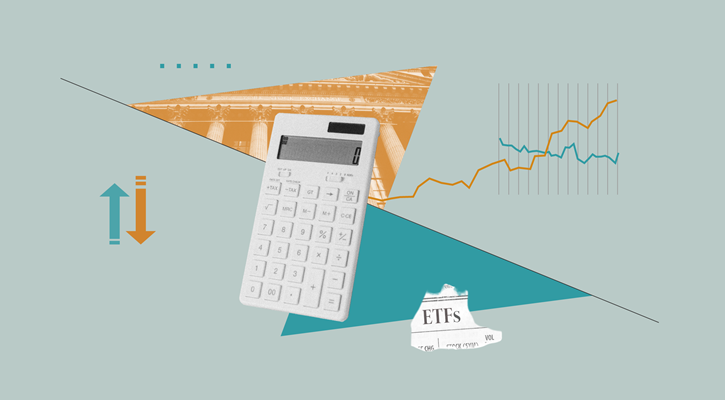
Savers are risking running out of money in retirement by withdrawing money from their pension pots at an unsustainable rate.
Since the introduction of Pension Freedoms in 2015, drawdown has been an increasingly popular way for people to access their money in retirement. This is where you leave your money invested so it has the chance to continue growing, while withdrawing regular or ad-hoc amounts as income.
But there are fears that many people do not have the financial know-how to manage their withdrawals properly. Taking money out of a pension pot at a faster rate than it is able to grow leaves savers at risk of running out of income partway through retirement.
Figures from HM Revenue & Customs reveal that the typical pension pot for someone in drawdown is between £80,000 and £123,000. The average amount being withdrawn each year, meanwhile, is £7,254. At that rate, a retiree could run out of money in as little as 11 years if their money doesn’t grow. But, as life expectancy continues to rise, a pension pot has to last longer so ensuring the money doesn’t run out partway through retirement is crucial.
Andrew Ashwood, senior analyst at the Platforum, says: “Some people will likely overspend and run out of money, but most people don’t want the anxiety of seeing the money they have accumulated over their working lives disappear too quickly.”
What's a Safe Withdrawal Rate?
Retirees in drawdown need to assess how much risk they will need to take with their investments to ensure they can generate strong enough returns to replenish their pot. Here, one investor tells Morningstar how they have not been afraid to ramp up the risk in retirement. Another reader tells how he has split his money across Morningstar Gold- and Silver-rated funds for steady returns.
Experts suggest that withdrawing 4% of your pension savings a year is a “safe withdrawal rate”, as it is more likely your investments will be able to grow enough to replenish your pot before your next withdrawal. But the average amount being withdrawn is closer to 9%.
Michael Martin, private client manager at Seven Investment Management, says: “It’s often suggested that withdrawing approximately 4% of your pension should help you ensure that your pension pot lasts but the reality is that retirement planning is rarely that straightforward.”
The warning comes as the regulator has revealed how high charges can eat into your retirement income, adding to the risk that it may not last the length of a retirement. A study by the Financial Conduct Authority found that fund supermarkets and pension providers typically charge anything from 0.4% up to 1.6% for drawdown – this is on top of fund fees and a standard platform fee.
Investors paying the highest charges will see the amount they take in income over the course of retirement significantly reduced. Number-crunching by fund supermarket AJ Bell analysed the outcome for a 65-year-old with a £100,000 pension pot withdrawing an income of £5,000 a year, increasing in line with inflation, with the money growing at 5% a year.
With charges of 0.4% the saver could withdraw £176,722 over the course of their retirement, but someone paying 1.6% in charges would only get £144,225.
The impact is even greater for those with larger pension pots. Someone with £500,000 saved could receive income of £883,608 before their money runs out if their charges are 0.4%. But those paying 1.6% in charges would only receive £721,124 – a difference of £162,484.
Tom Selby, senior analyst at AJ Bell, says: “High charges are a slow, lethal killer when it comes to making the most out of your pension in retirement. Savers should shop around the market to get the best deal possible and stay on top of their retirement pot by reviewing it regularly.”
Martin says when it comes to planning for retirement the first step is to consider whether you actually need to make any withdrawals – it may be more efficient to use other savings first. It is also crucial to keep an eye on the performance of your investments through retirement to ensure they are performing as they are supposed to; the returns generated will dictate how much you can afford to drawdown as income.










.jpg)

















